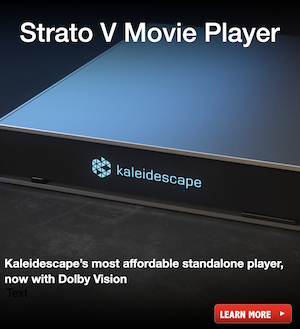Dear All,
I am considering purchasing Audiolense XO to generate FIR filters for my four-way active speaker system. I currently use Roon for playback, along with a UMIK-1 microphone for measurements. Could you advise if I need any additional software to interface between Audiolense and Roon? I've noticed that some users incorporate HQPlayer into their setup, but I’m unclear on how it would benefit my configuration.
Additionally, do you believe the UMIK-1 microphone is accurate enough for this purpose, or would it be beneficial to upgrade to a more advanced microphone?
Another question I have relates to measurement techniques in Audiolense. Does it support combining near-field and sweet spot measurements? Specifically, I’m considering measuring each speaker individually, applying inversion, and then convolving the resulting inverse curve with each speaker’s filter. This would generate eight filters to manage crossover points while correcting frequency and phase for each driver. Afterward, I plan to apply these filters to listening position measurements for room correction.
I understand that this workflow is commonly achieved with Accourate, and I would appreciate confirmation if Audiolense offers a similar capability.
Many thanks in advance for your kind assistance :-)
Best regards,
Olivier
I am considering purchasing Audiolense XO to generate FIR filters for my four-way active speaker system. I currently use Roon for playback, along with a UMIK-1 microphone for measurements. Could you advise if I need any additional software to interface between Audiolense and Roon? I've noticed that some users incorporate HQPlayer into their setup, but I’m unclear on how it would benefit my configuration.
Additionally, do you believe the UMIK-1 microphone is accurate enough for this purpose, or would it be beneficial to upgrade to a more advanced microphone?
Another question I have relates to measurement techniques in Audiolense. Does it support combining near-field and sweet spot measurements? Specifically, I’m considering measuring each speaker individually, applying inversion, and then convolving the resulting inverse curve with each speaker’s filter. This would generate eight filters to manage crossover points while correcting frequency and phase for each driver. Afterward, I plan to apply these filters to listening position measurements for room correction.
I understand that this workflow is commonly achieved with Accourate, and I would appreciate confirmation if Audiolense offers a similar capability.
Many thanks in advance for your kind assistance :-)
Best regards,
Olivier














